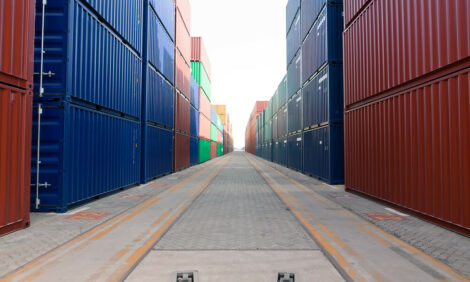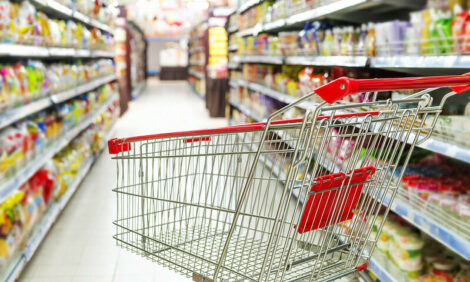



Largest robotic milking research facility in North America to open at University of British Columbia Dairy Center
The University of British Columbia (UBC) Dairy Education and Research Center will become the largest robotic milking research facility in North America with the addition of six GEA DairyRobot R9500 box robots.This partnership between GEA and UBC will open research opportunities, attract more students and provide new educational experiences.
“We're excited to partner with UBC as they set a new bar for research dedicated to robotic milking that will further advance the entire dairy industry,” says Stuart Marshall, GEA AMS business development manager. “Robots provide an immense amount of data and we're only beginning to scratch the surface of understanding and using it in daily cow management.”
The UBC Dairy Center is a world leader in dairy cattle welfare and behavior, reproduction and nutrient recovery research, attracting students from around the globe.
A project years in the making
The idea of transitioning to robotic milking came about three years ago when the University was looking to achieve phosphorus sustainability, address labor challenges and upgrade its 20-year-old parlor. UBC worked with GEA and their local GEA dealer, Pacific Dairy Center, to plan a layout that met their research needs with a goal to begin milking this winter.
“Becoming a research farm milking 100% of our herd with robots is significant as it is representative of dairy farms adapting to robotics worldwide,” says Nelson Dinn, UBC business operations manager. “We want to position the UBC Dairy Center as a technology hub at the forefront of dairy cattle research globally.”
The retrofit project will have a flexible design incorporating a total of six GEA robots in two existing research barns, housing about 250 lactating cows, along with one training robot. The six-row main barn is set up in quadrants, making it easy to incorporate a robot in each pen. UBC will add two more robots in their second barn – a four-row barn with drive-through feeding and individual feeding boxes for measuring intakes on one side.
“Experimental design was a priority in our planning,” says Ronaldo Cerri, UBC director and associate professor in dairy cattle reproduction. “As a research facility, having multiple individual robot pens for replication is important to strengthen our research projects.”
Research for the real world
“By investing in robotic milking, one of our goals is to maintain current total milk output by increasing milk production per cow while reducing overall herd size,” says Dinn. “This means we can lower water use over time, be more efficient with manure management and explore nutrient extraction.”
Data integration and user safety were among their top features for choosing the GEA DairyRobot.
“With the latest technology, we'll be able to help fill in data gaps we see today and provide science-based solutions to problems encountered by dairy farmers,” says Dinn. “We’re a research farm, but we are also a commercial farm and we have to be financially sustainable – this keeps us honest in the dairy farmer’s eye.”
Unlimited opportunities for the future
“The possibilities are endless when it comes to studying animal welfare, cow longevity and increasing efficiency,” says Cerri. “We’d like to take what we’ve learned with conventional milking and dive deeper using new data we can obtain from automated milking systems. We don't have all the research ideas in mind today, but with a world-class facility using modern milking technology, we’ll continue attracting top students and with top students come great ideas.”
In addition to learning and sharing within the dairy industry, public education is also a focus for the University. They look forward to bringing new attention and experiences to thousands of people who visit the Dairy Center annually for farm tours.
“Support from GEA has been wonderful – we’re impressed with the attention from them at all levels and their willingness to make this a two-way partnership,” says Dinn. “Our previous director Dr. Jim Thompson, along with Dr. Nina von Keyserlingk and Dr. Dan Weary from the animal welfare program, and our dean, Dr. Rickey Yada, have been instrumental in moving this project forward. Agriculture and Agri-Food Canada, our research partner, on whose land we reside and input from faculty, staff and students help ensure we meet research and operational requirements.”
GEA looks forward to collaborating with the innovative dairy science leadership at UBC.
“Robotic milking and automation technology are evolving quickly and finding their way on to farms in many applications,” says Marshall. “With real-world research insights, we’re going to get even better at managing dairy cows throughout all stages of their lactation with data sets that will teach us how we can best produce the maximum amount of high-quality milk on farms that will carry us into the future.”
Learn more about the UBC Dairy Center at dairyCenter.landfood.ubc.ca. For more information on the GEA DairyRobot visit gea.com.
TheCattleSite News Desk


